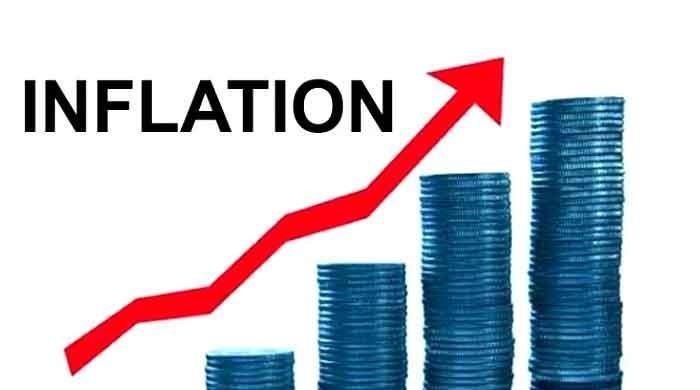
Imran Khan’s approval ratings are finally beginning to become somewhat positive since the economy started to perform, inspiring hope among his supporters and supportive media that he can fulfil at least some of his campaign promises. With extremely thin majorities almost in all houses and a vocal opposition crying foul on everything from election fraud to corruption to accountability to a flawed foreign policy, Khan has to be sure that his party stalwarts remain committed and continue to follow his lead.
The term “stalwarts” in the current political context designates the type of elected officials who either won elections as independents but went on to swear allegiance to his party or a coterie of electables who jumped ship seeing that his could be forming the next government; their mindsets though could still be very different from the original ideology of the party possessing an inherent political trait that tends to quickly disown policies or a particular policy direction, the moment they feel that the ongoing governance developments, especially relating to the common man or in particular their own vote bank are headed in a way that can see their chances diminish the next time they go back to their voters in respective constituencies; so naturally runaway inflation and anything that reeks of excessive pain or policies that consistently create pressure to increase taxes get to be a cause of concern.
But that is not all. The real campaign comes from a group of loosely aligned opposition parties that vociferously project that the economy is in fact headed in the wrong direction on the grounds of a lurking danger of inflation. So, no surprises when they recently announced to restart their anti-government campaign, albeit this time on the grounds of the punishing inflation that is making the life of an average man rather difficult—something they feel could be more relevant and closer to the heart of the Pakistani people, thereby unleashing a movement that finds more traction with the public in general. They maintain that the combined effect of unrealised COVID-19 relief (both internally and externally), an ambitious real estate amnesty that pumps black money into the system and a series of monetary blunders accompanied by unwarranted and poorly thought through taxation drives will stretch the economy to the point of triggering uncontrollable inflation (if not already so), the bugbear of nearly all professional politicians. Ironically, a call or no call, the brewing local situation starkly resembles the sort of resistance that Biden seems to be facing in his brief time as President of the US.
Over there the original allies, the likes of Barack Obama, Larry Summers and even the Clintons to some extent are talking about an urgent need to control rising inflation in the US; their argument being that while Biden may want to be remembered as the new Franklin Delano Roosevelt, the real inspiration to change his current course of economic initiatives should actually be coming from learning through the mistakes of his predecessor, Herbert Hoover. Imran Khan in contrast, has been in power for much longer than Biden and naturally with the next elections in Pakistan looming around the horizon perhaps needs to be more cognisant of the ills of an ever-prevailing high inflation and therefore needs to act with more urgency. Just to reiterate, Hoover was the president on whose watch the 1929 stock market crash occurred. Historians have identified excessive leveraging and the inflation of asset prices as the main contributing factor to the 1929 crash that marked the end of the “roaring ‘20s”. Proud of their role in ending Europe’s war, Americans saw the post war era as an open invitation to indulgence. While unchecked debt contributed to artificial growth, terming the 20s as the roaring decade, the stock market quickly reached for the ceiling, before crumbling to the floor in 1929.
So what is happening vis-a-vis inflation, primarily in the context of Pakistan? The analysis is that a significant portion of this inflation is being driven from external forces or factors, and simply being sucked into the Pakistani economy through poorly selected imports compounded by currency devaluations. As the Western economic managers, in order to avoid their mistakes that led to depression, craft new preferred ways to fend off economic slowdowns in their respective economies, their latest trick seems to be (perfected after 2008) quantitative easing (QE), a fancy name for printing of money gifted to banks and corporations skilled at keeping it out of the reach of ordinary people. Quantitative easing magically inflates asset prices with little effect on the consumer index, a phenomenon all politicians gloried in for two reasons. First, it avoided consumer blowback against price-tag inflation (that always puts voters in a bad mood, threatening prospects of reelection) and second, QE meant that there would be unlimited cash available to corporate donors to finance their political campaigns. However, the on-going COVID-19 crisis—now exacerbated due to the new Delta variant of the coronavirus—suddenly threatens the optimists’ vision of a prosperous post-pandemic world and makes things much more complicated. The question that arises for Pakistan is that is it sustainable to fund rising expensive imports while banking on printing money to solve unsolvable problems?
The answer is no, because the current policies provoke inflation and even run the risk of entering the stage of runaway inflation to the likes of the one currently being witnessed in some South American countries. Also, the writer firmly believes that any notions on the current inflation in Pakistan being a transitory problem are most likely misplaced. The flip side of course being that whereas one debate centres around the effects of inflation on the consumer index, the other could very possibly be of a market meltdown, possibly a new depression/slowdown in which the true villain turns out to be the present obsession with shoring up asset and commodity prices. A recent study documented by Yale Insights points to a historical constant that exists despite radically changing market and regulatory conditions and this is the argument that downward leverage spirals are believed to be one of the main triggers of the 1929 US stock market crash and also leverage-induced fire sales were a contributing factor even to the 2007-2008 financial crisis in the US. Meaning, measures taken with the intent of avoiding a depression may paradoxically be responsible for leading to that feared depression. The link between the two may be more direct than most people recognise. Essentially, in today’s times with COVID-19 still creating havoc and climate change showing more and more visibly aggravating effects, governments of developing economies are walking a very thin rope. In the sense that it is important for them to be careful that while pushing for growth and job creation at home they are not in any way stoking inflation in their own economies by importing anyone else’s flawed discourse on artificially shoring up asset and commodity prices through quantitative easing.
Source: Published in The Nation 20 August 2021


